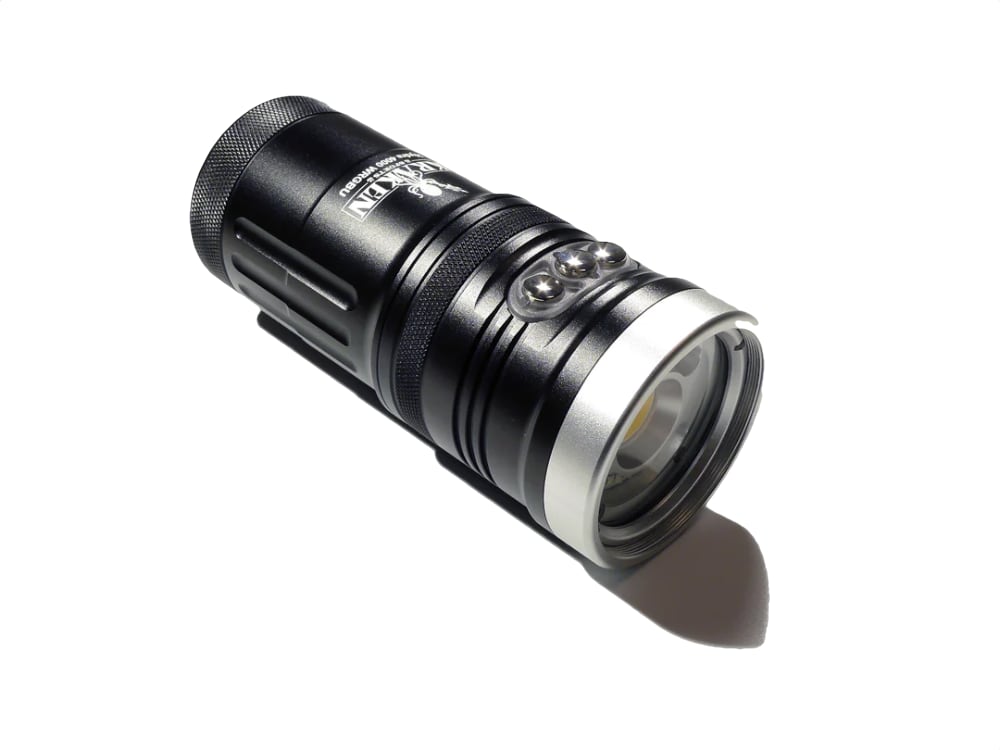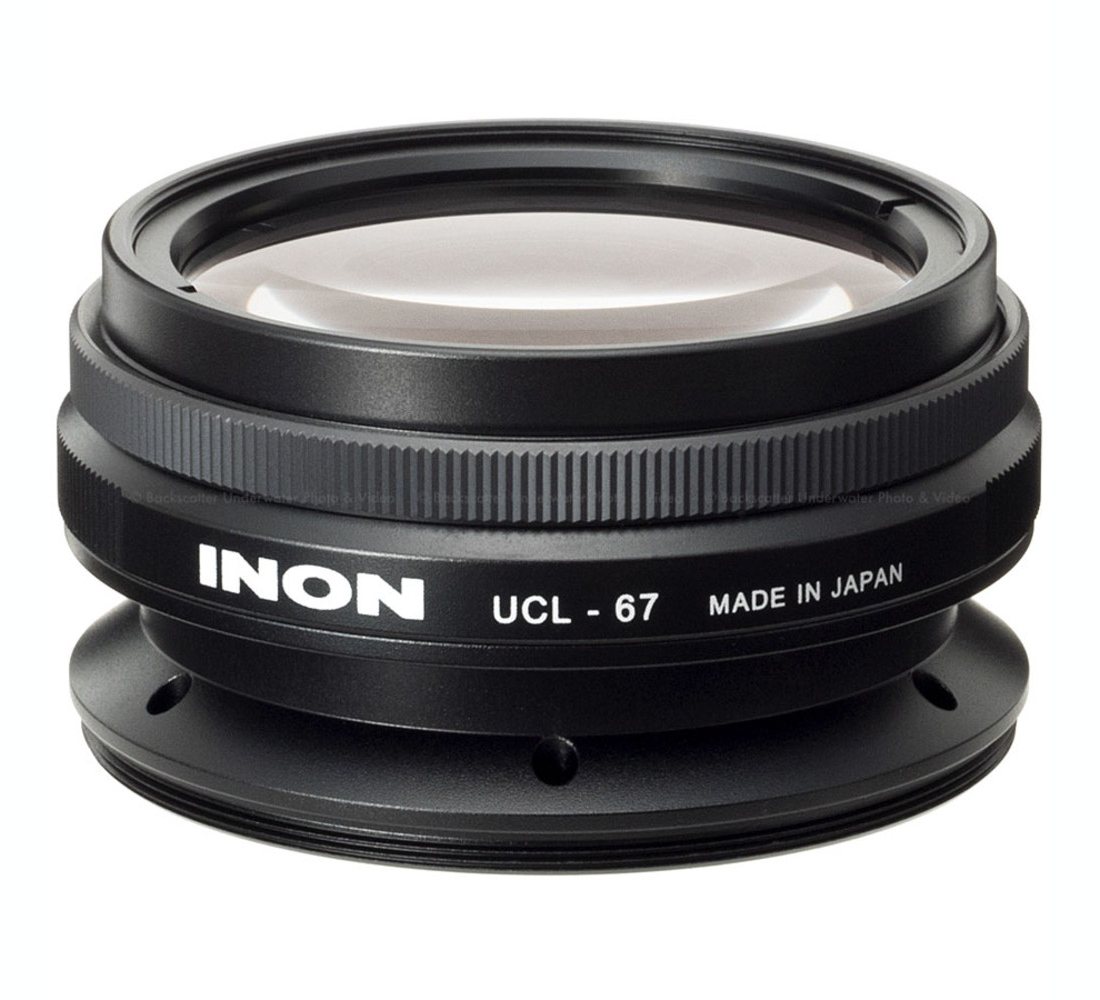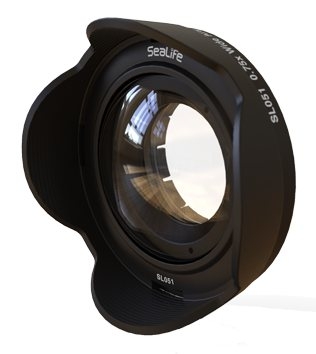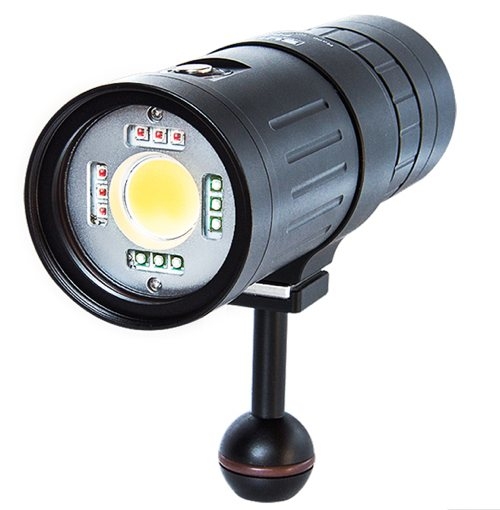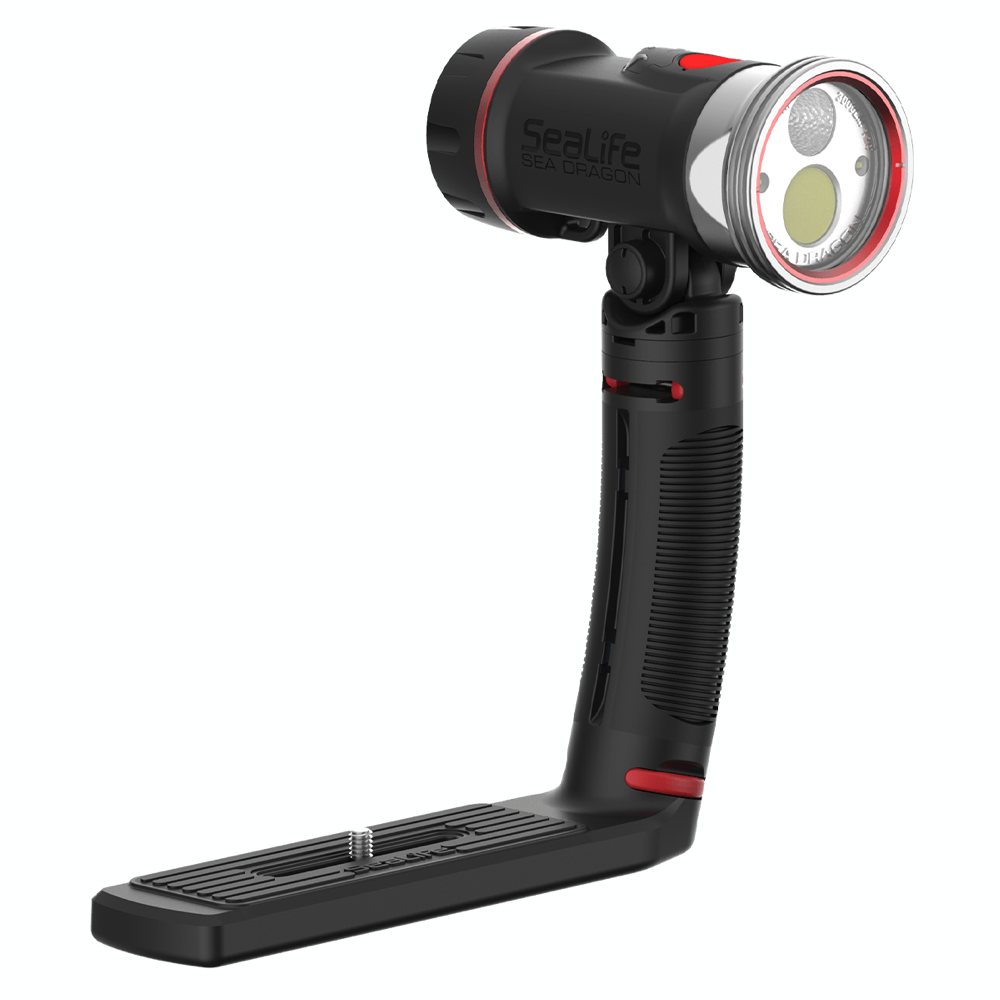- Home
- Directory
- Shop
- Underwater Cameras - Photographic Accessories
- Smartphone Housings
- Sea Scooters
- Hookah Dive Systems
- Underwater Metal Detectors
- Dive Gear
- Dive Accessories
- Diving DVD & Blu-Ray Discs
- Diving Books
- Underwater Drones
- Drones
- Subscriptions - Magazines
- Protective Cases
- Corrective Lenses
- Dive Wear
- Underwater Membership
- Assistive Technology - NDIS
- On Sale
- Underwater Gift Cards
- Underwater Art
- Power Stations
- Underwater Bargain Bin
- Brands
- 10bar
- AOI
- AquaTech
- AxisGo
- Backscatter Underwater Video and Photo
- BLU3
- Cayago
- Chasing
- Cinebags
- Digipower
- DJI
- Dyron
- Edge Smart Drive
- Eneloop
- Energizer
- Exotech Innovations
- Fantasea
- Fotocore
- Garmin
- Geneinno
- GoPro
- Hagul
- Hydro Sapiens
- Hydrotac
- Ikelite
- Indigo Industries
- Inon
- Insta360
- Intova
- Isotta Housings
- Jobe
- JOBY
- Kraken Sports
- LEFEET
- Mirage Dive
- Nautica Seascooters
- Nautilus Lifeline
- NautiSmart
- Nitecore
- Nokta Makro
- Oceanic
- Olympus
- OM System
- Orca Torch
- Paralenz
- PowerDive
- QYSEA
- Scubajet
- Scubalamp
- Sea & Sea
- SeaDoo Seascooter
- SeaLife
- Seavu
- Shark Shield
- Sherwood Scuba
- Spare Air
- StickTite
- Sublue
- Suunto
- SwellPro
- T-HOUSING
- Tusa
- U.N Photographics
- Venture Heat
- XTAR
- Yamaha Seascooter
- Youcan Robot
Seaslugs - Part I. Headshield slugs and Sea hares.
Contributed by Ákos Lumnitzer
The official scientific classification system, which today is referred to as 'The Linnaean system of biological nomenclature', was devised by Swedish biologist Carolus Linnaeus and implemented during the 1750s. It is a universally accepted system used to classify all living animals into groups. The groups are used to hierarchically arrange organisms with the use of scientific keys into groups with similar characteristics, starting from the Phylum finally narrowing it down to the genus and species names that you may be remotely familiar with. Species is the basic classification unit used, and it refers to equivalent organisms able to produce fertile offspring within a genus, but can't interbreed with other species of the same genus.
Let's see an example; common in Sydney, Chromodoris splendida is a very attractive slug. Its name is comprised of the genus name Chromodoris, and the species name splendida. The genus is made up of many specimens that are very similar, but still have enough differences to warrant having other species names. Therefore Chromodoris splendida can only produce fertile offspring with another Chromodoris splendida, but not with Chromodoris tasmaniensis, even though they belong to the same genus and share very similar characteristics. Note also that the genus name always begins with a capital letter, but the species name always commences with a lower case character.
I have compiled a sequential account of the five main seaslug orders, supported by photographic records and some likely Sydney dive sites to encounter members of each order. The sites I have mentioned are only the ones I have personally dived and noted the presence of these slugs, however, as with any species of marine animal, it is highly likely to come across anything at your favourite dive anywhere in the world, provided the habitat and food source required by the particular animal you seek is present.
Order Cephalaspidea - Headshield slugs
 The
vast majority of headshield slugs still possess external shells, though generally
they are unable to retreat into them fully, whereas others have reduced or internal
shells. They all have well evolved headshield, which they use to dig under the
substrate. These slugs tend to live under the sand, many are often seen at night,
and crawl over the reef as well. The members of Chelidonura also have highly
sensitive eyes on the anterior end of the head and bunched cilia around the
mouth, which is used to track their prey's mucous trail. They possess no visible
gills. A well-known Sydney Cephalaspid is the bubble shell, Bullina lineata.
The
vast majority of headshield slugs still possess external shells, though generally
they are unable to retreat into them fully, whereas others have reduced or internal
shells. They all have well evolved headshield, which they use to dig under the
substrate. These slugs tend to live under the sand, many are often seen at night,
and crawl over the reef as well. The members of Chelidonura also have highly
sensitive eyes on the anterior end of the head and bunched cilia around the
mouth, which is used to track their prey's mucous trail. They possess no visible
gills. A well-known Sydney Cephalaspid is the bubble shell, Bullina lineata.
Recommended dive sites in Sydney for Cephalaspids: Sydney Harbour, but I have seen many species at Shark point, Bare Island, Shiprock, Kurnell and Oak Park.
Order Anaspidea - Sea hares
 Fishes
tend to avoid Sea hares because they have a highly toxic compound called aplysiatoxin,
which these slugs absorb from algae they feed on. The mantle of the slugs has
many glands, one of which excretes a purple fluid-cloud when the animal is disturbed.
The purple liquid is not thought to be poisonous, thus acts as a deterrent,
but is an unused chemical from their diet. Some Sea hares are the largest opisthobranchs,
growing to possibly more than 50 centimeters and over 4 kilograms in weight.
Usually there are no visible gill plumes.
Fishes
tend to avoid Sea hares because they have a highly toxic compound called aplysiatoxin,
which these slugs absorb from algae they feed on. The mantle of the slugs has
many glands, one of which excretes a purple fluid-cloud when the animal is disturbed.
The purple liquid is not thought to be poisonous, thus acts as a deterrent,
but is an unused chemical from their diet. Some Sea hares are the largest opisthobranchs,
growing to possibly more than 50 centimeters and over 4 kilograms in weight.
Usually there are no visible gill plumes.
Recommended dive sites: Camp Cove at night, when you may spot some sea hares up to 30 centimeters long, Bare Island, Kurnell, Oak Park and Shiprock.
Also check out:
Shopfront
-
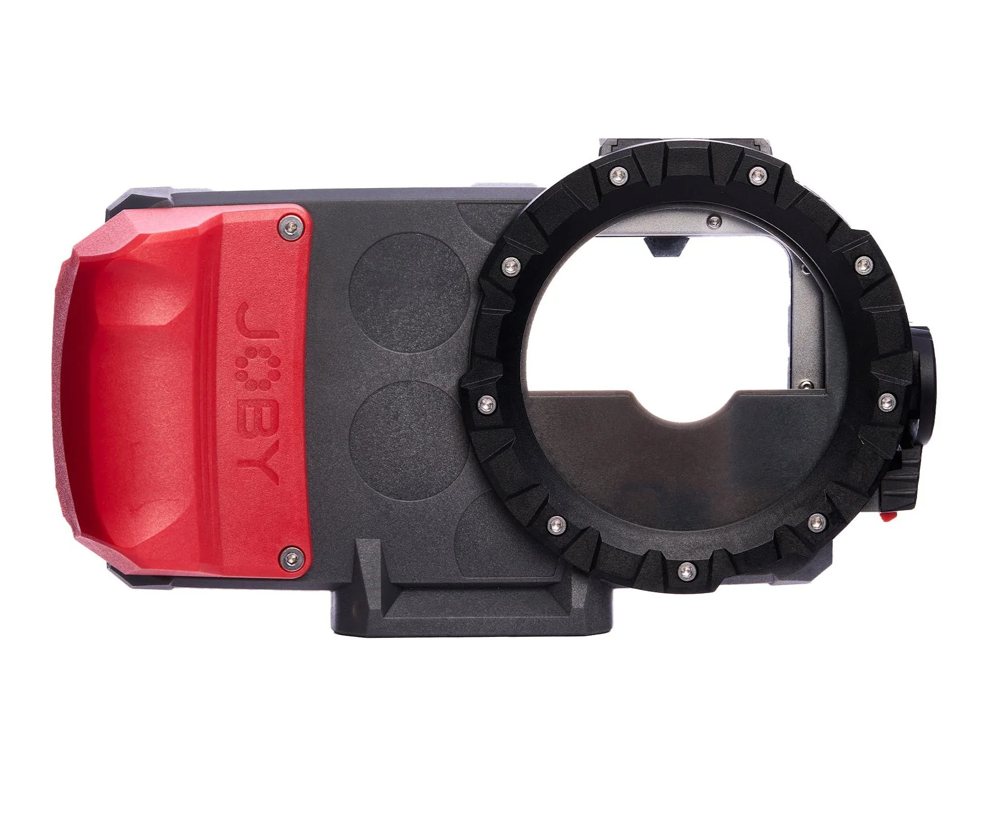 JOBY SeaPal Waterproof Phone Case for iPhone & Samsung
JOBY SeaPal Waterproof Phone Case for iPhone & Samsung
- Price A$ 294.95
-
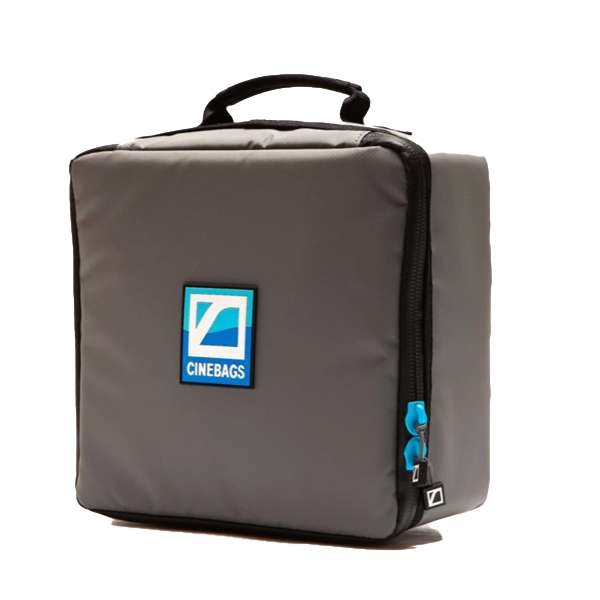 CineBags - CB71 Jumbo Dome Port Case
CineBags - CB71 Jumbo Dome Port Case
- Price A$ 143.95
-
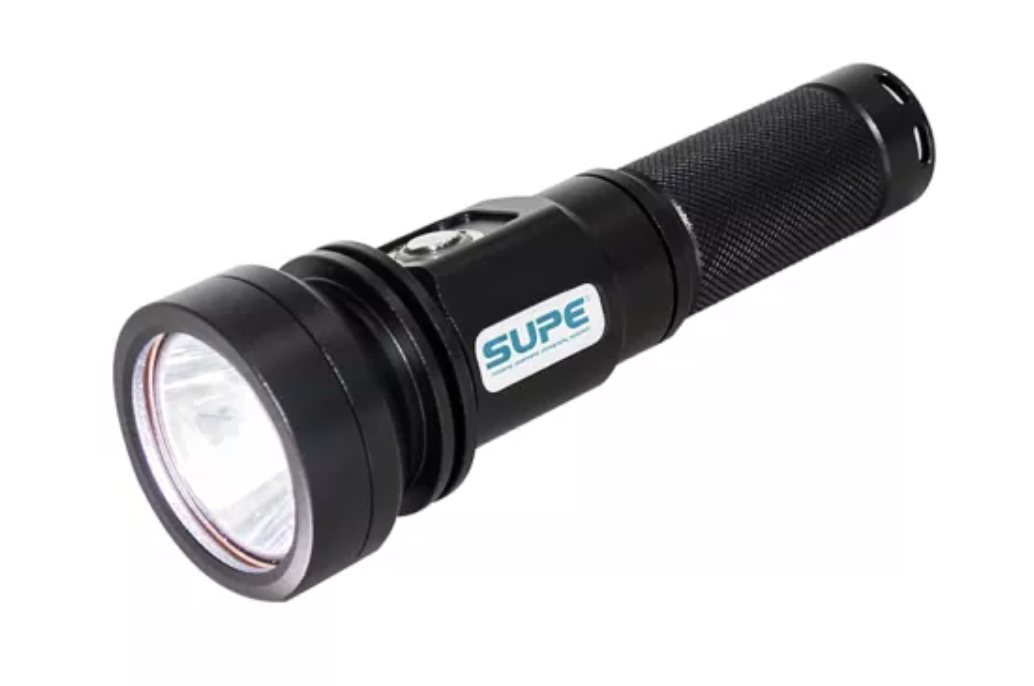 SUPE Scubalamp RD92 LED Recreational Diving Torch - 2000 lumens
SUPE Scubalamp RD92 LED Recreational Diving Torch - 2000 lumens
- Price A$ 189.00
-
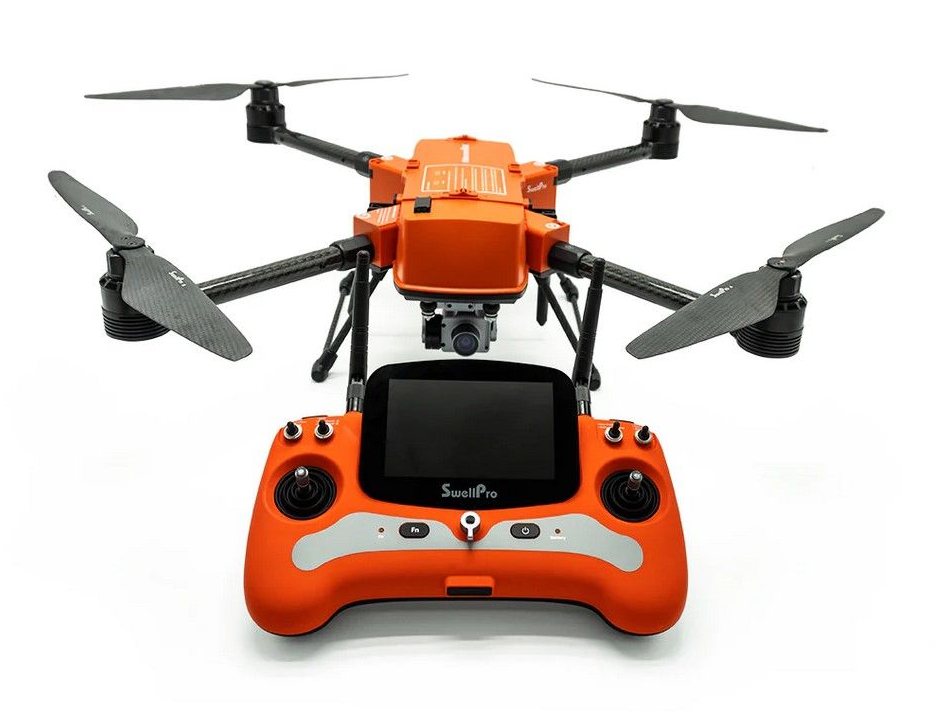 SwellPro Fisherman MAX Heavy Lift Fishing Drone Advanced
SwellPro Fisherman MAX Heavy Lift Fishing Drone Advanced
- Price A$ 3,999.00
-
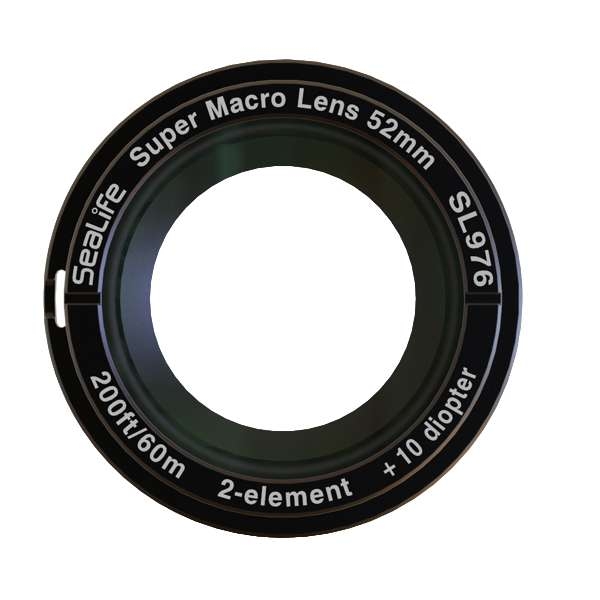 Sealife DC-Series Super Macro Lens
Sealife DC-Series Super Macro Lens
- Price A$ 229.00
-
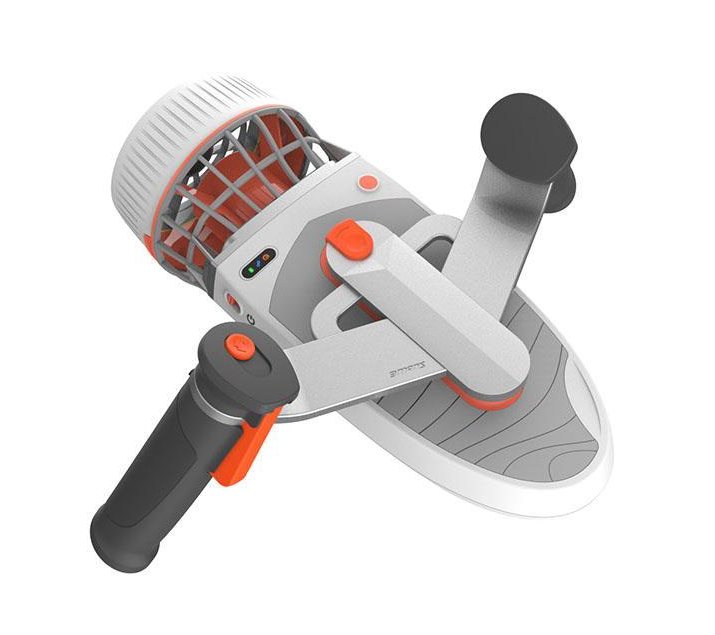 Sublue Tini - Modular Underwater Scooter
Sublue Tini - Modular Underwater Scooter
- Price A$ 799.00
-
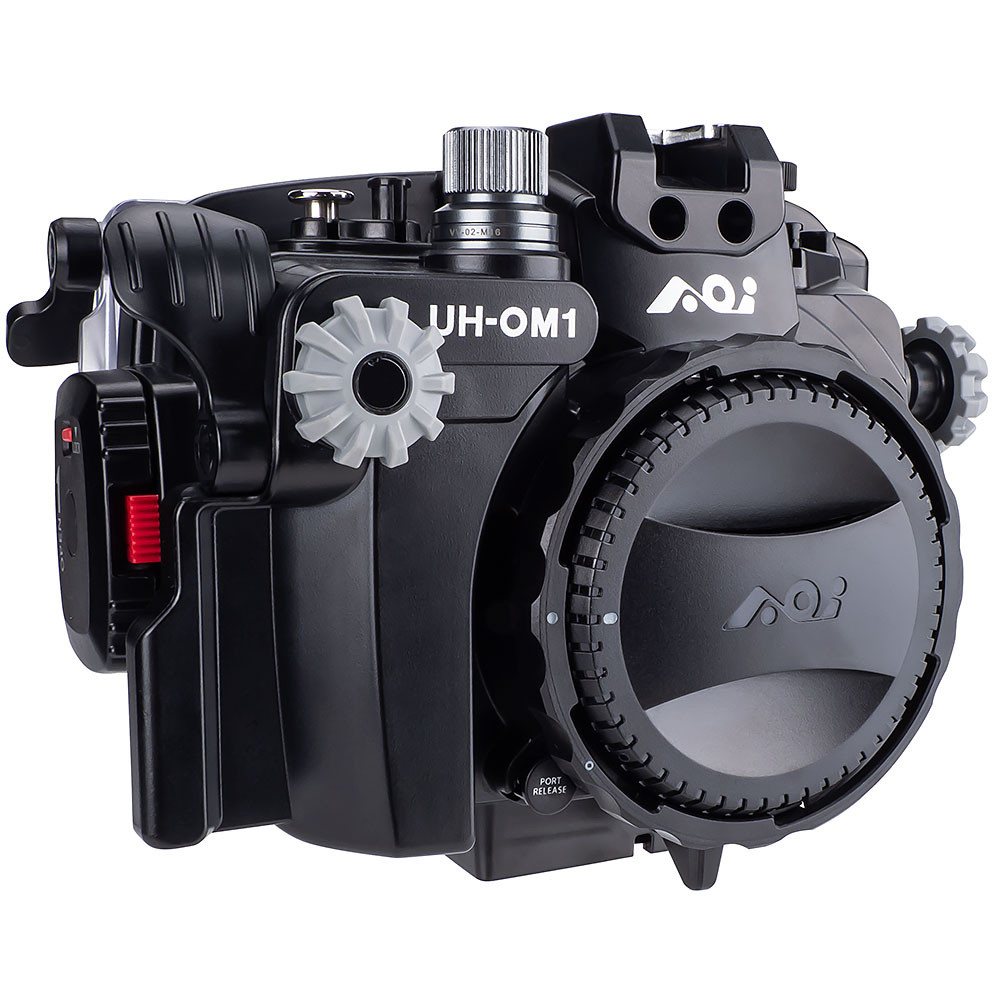 AOI UH-OM-1 Underwater Housing for Olympus and OM System OM1
AOI UH-OM-1 Underwater Housing for Olympus and OM System OM1
- Price A$ 1,699.00
-
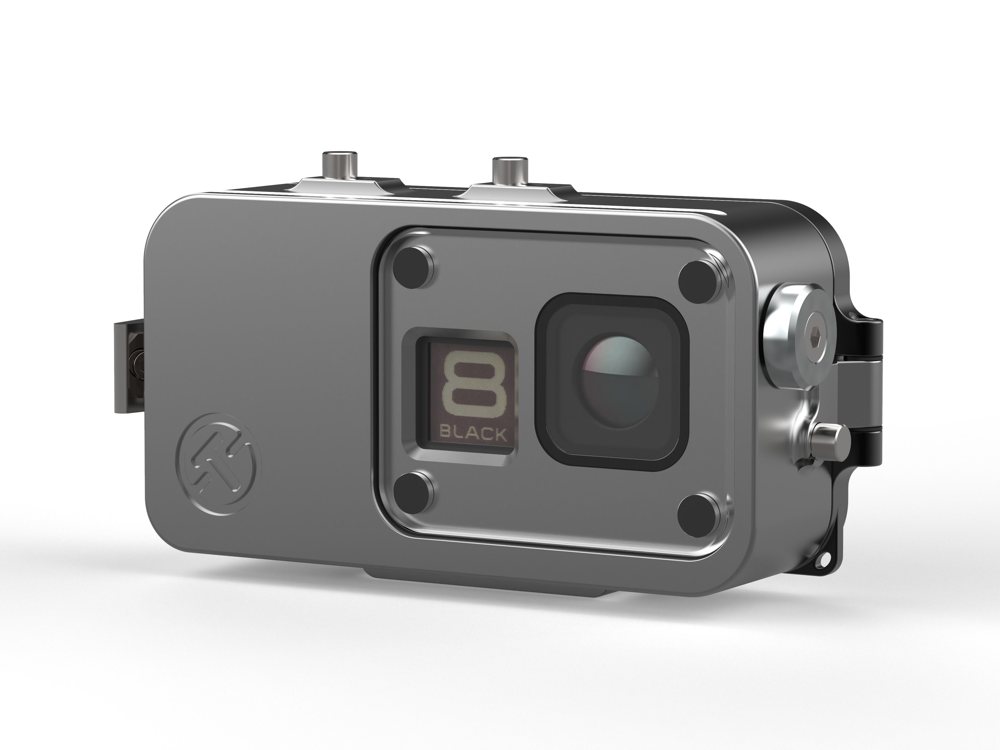 T-Housing Aluminium Deepdive Housing H8ENERGY for GoPro Hero 8
T-Housing Aluminium Deepdive Housing H8ENERGY for GoPro Hero 8
- Price A$ 579.00
In the Directory



